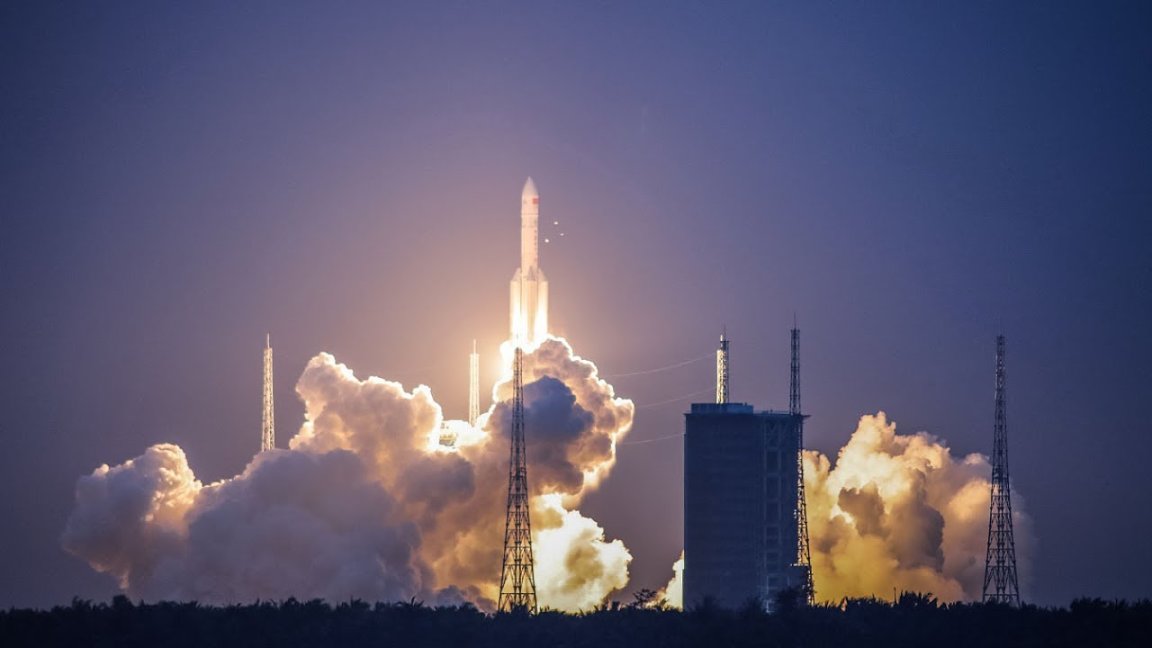
Set a Course for Space
China continues to make steady progress on its space exploration plans: from a deal with Russia to the possibility of launching rockets near the equator, — and most recently, the ambition to develop a nuclear-powered shuttle. The China Aerospace Science and Technology Corporation (CASC), the main contractor for the country’s space program, has laid out a roadmap detailing the country’s goals for space exploration and technology. It offers a glimpse at what the country hopes to accomplish between 2017 and 2045, with one of the most ambitious projects being a nuclear-powered space shuttle.
There are numerous other targets China hopes to hit: as reported by GB Times, CASC will finish development on the Long March 8 rocket and put it into operation launching commercial satellites by 2020. GB Times previously reported that the Long March 8 will complete its first test flight in 2019, making a 2020 debut likely if everything goes as planned.

By 2025, CASC plans to have a reusable space plane that will be used for suborbital tasks such as space tourism — a market also being eyed by Blue Origin and Virgin Galactic. The first launch of China’s reusable space plane had previously been set to take place in 2020.
2030 and Beyond
By 2030, the Long March 9 rocket will be ready for use. Classified as a “heavy-lift” rocket, it’s capable of carrying over 100 tonnes (220,462 pounds), making it perfect for launching crewed missions to the Moon, and possibly unmanned missions to Mars. By comparison, SpaceX’s Falcon Heavy rocket has a payload capacity of about 63 tonnes (140,660 pounds), though future iterations of the Falcon Heavy are likely to incorporate an increased payload.
Looking ahead to 2035, the CASC wants to make all of its launch vehicles reusable; currently, they’re all single use. Within five years from that time, they expect the introduction of a new generation of rockets and launch vehicles which would be used for interstellar missions, asteroid mining, and “constructing megaprojects such as a space-based solar power station.” The nuclear-powered space shuttle is also set for 2040, but as there are few details about the shuttle at present, it’s unclear if 2040 is when development will begin or when its first launch is expected to take place.

Provided everything progresses as hoped, China foresees itself becoming a leader in aerospace by 2045. It is, of course, difficult to account for everything that could happen over the next couple of decades, but the CASC’s roadmap is a clear sign of its investment in space exploration, and an example of what other countries may want to consider in order to maintain the public’s interest in space.
It should also be noted the roadmap reported by GB Times doesn’t include everything China plans to do. The aforementioned rocket launches near the equator are set to begin next year, while an unmanned probe is on track to be sent to Mars in 2020.